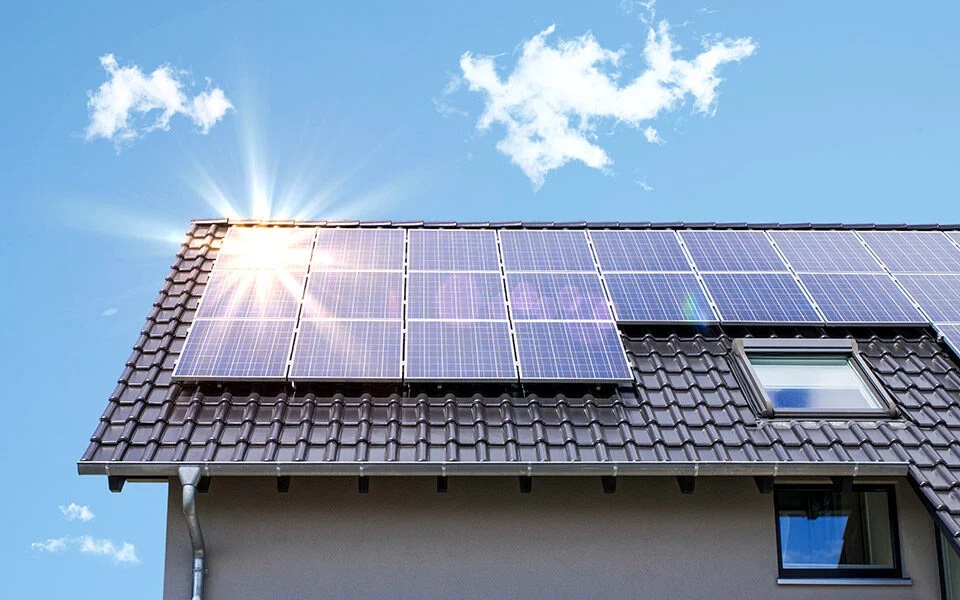ANDROULAKIS company presents you with the best solutions and the most modern proposals for every need and requirement for you and your home.

Photovoltaic systems are a solar energy system installed on the rooftops of residences or businesses. They consist of photovoltaic panels that convert solar radiation into electrical energy. This energy can be used for your household needs. Photovoltaic systems are a sustainable and cost-effective solution for generating clean energy and reducing dependence on conventional fuels. Take advantage of free solar energy wherever you are and meet your daily needs.
Photovoltaic systems have the ability to convert solar energy into electrical energy and consist of various components that aid in this conversion. One of the essential components of a photovoltaic system is the panel. The panel is a solar energy collector that has the form of a frame, usually in a square shape, and is necessary for the process of converting solar radiation into electricity. It is placed on building roofs, structures, or on the ground.
Photovoltaic systems are divided into two broad categories:
In the first category, standalone systems for electricity generation from the sun, wind, or water are not connected to the public grid (DEI). An important feature of standalone photovoltaic systems is the ability to store energy in accumulators (batteries). Standalone photovoltaic systems are also an ideal solution for your home, whether in summer or winter, and can be upgraded at any time.
In the second category, photovoltaic net metering systems are connected to the Public Grid, serving as energy offset systems. With a net metering photovoltaic system, the generated energy from the photovoltaic panels is subtracted from the consumed energy, thereby reducing the energy cost for the user.
A photovoltaic system consists of the following components:
– Photovoltaic generator with the support base and possibly a solar tracker system to monitor the solar trajectory.
– Photovoltaic batteries or accumulators.
– Charge controller to control and protect the batteries.
– DC voltage converter (12V/24V/48V) inverter for transforming to 220V AC.
The operation of a photovoltaic panel is as follows: sunlight contains photons, which carry energy but vary among themselves because some are more powerful than others. When photons hit a panel, some pass through, some reflect, and others are absorbed. The absorbed photons are the ones that produce electricity by moving the panel’s electrons to another point.
Photovoltaic panels are divided into three categories: monocrystalline silicon, polycrystalline silicon, and amorphous silicon. The main differences lie in their construction, cost, and performance. However, they all share the common feature of using silicon for their construction, which is abundant in nature and environmentally friendly.
It’s important to pay attention to key specifications such as nominal power in Watts, voltage corresponding to nominal power, current intensity corresponding to nominal power, open-circuit voltage, short-circuit current intensity, maximum system voltage, temperature coefficient, and of course, their warranty.